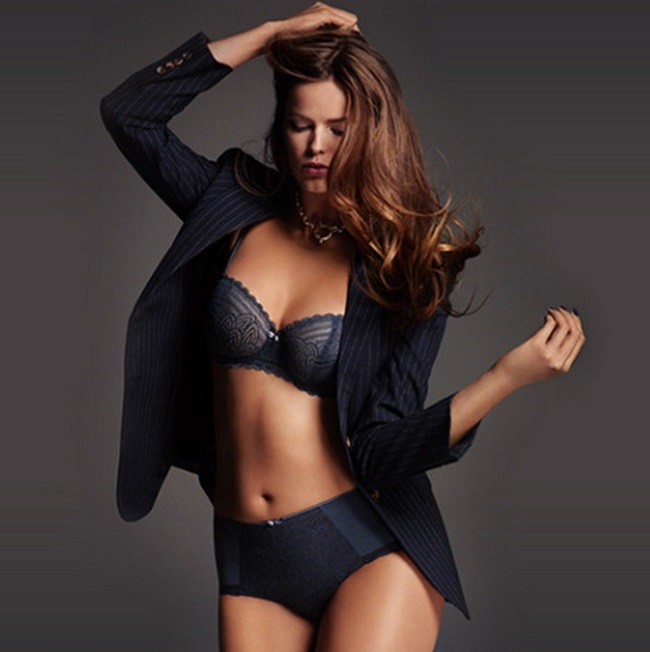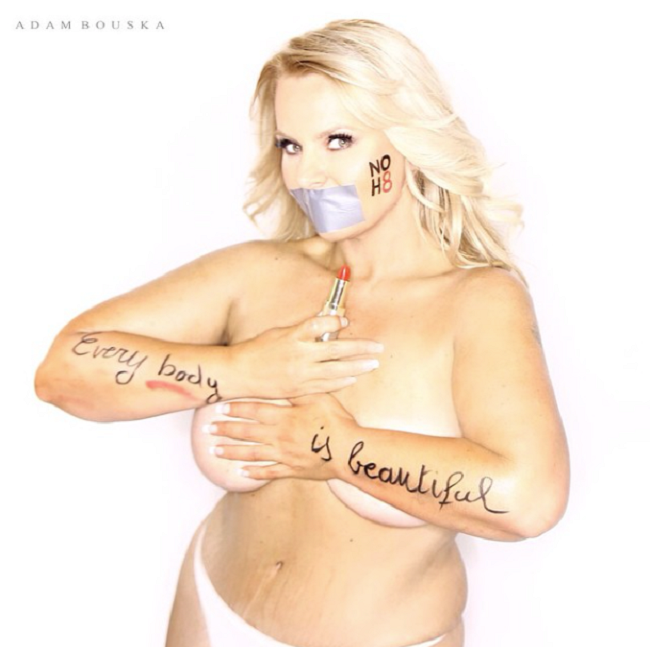The fashion industry has always found a way to push boundaries- as long as they are confined to about a size 4. While the foundation of the fashion industry would crumple without the human body, time and time again the industry seems to selectively display only a certain type of model. Who knew a such a beautiful industry could be so ugly.
Australian Stefania Ferrario is the latest to be making waves about the structure of the modelling framework. Through her various social media platforms, she is responsible for creating a viral campaign around the hashtag, #DropthePlus.

As a model herself, it’s clear she isn’t slamming the industry in its entirety, she just wants to bring light to the question: why a model can’t be just a model? And with thousands of followers, it’s safe to say she has a pretty strong backing.
A shoe above size eight isn’t considered to be a plus-sized shoe, so why do we purposefully attach this negative stigma to clothing? The average size of clothing for women is a 14, which is well into the category of identifying with plus-sized.
Furthermore, your body can be classified as super plus-sized if you don’t fit into the plus-sized category. So if the majority fall into a size 14, wouldn’t it be fair to ask the industry to call that the size and anything under it… renamed?
Additionally, the term plus-sized appears to be exclusive to females. Whereas females are labelled plus-sized, our male counter parts clothing gets to be referred to as big and tall.
What a hyper-masculine way of defining their larger selections of clothing.
The terminology is a bit skewed here considering both terms are referring to the same thing; but for separate genders. Plus-sized seems to coincide with being fat or overweight, while big and tall sounds manly and muscular. Why is there a difference?
The process for dropping the plus would be a simple one, and as Stefania mentions on Twitter, “No need for the ‘plus’ size label. If it gets eradicated in the fashion/model industry it’ll flow on from there to stores too #droptheplus”.
The system for sizing clothes is already easily understood. The number shown on the tag corresponds with your size, and obviously the higher the number the larger the item. In any other case, adding unnecessary information would seem superfluous, yet in modelling and clothing it’s standard.

If you were to call someone fat or plus-sized in real life, it would be deemed as impolite, so why is it acceptable by industry standards? If something is offensive, we shouldn’t be able to pick and choose when it’s acceptable.
With the power of social media and audience involvement we might be able to really change the game. Years ago, a campaign like this wouldn’t have the same magnitude – this clearly proves that we’re onto something here.
While thought leaders can sit back and try to prolong this ideal that only thin woman are model material and beautiful, the rest of the world understands it’s alright to indulge in a three-sugared latte (OK, and a chocolate muffin) on occasion.








